Search
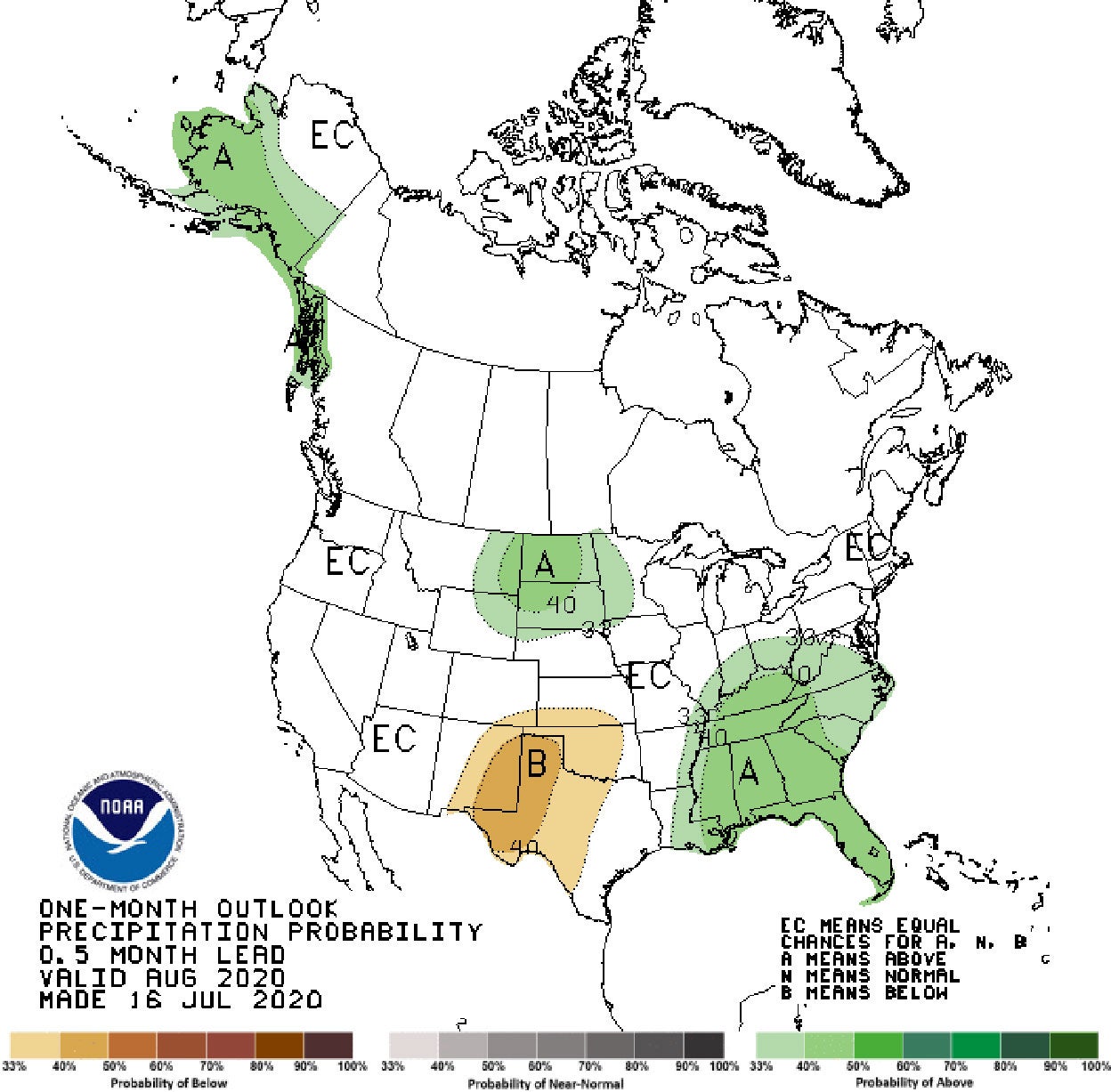
Late Summer 2020 Climate Outlook
Drought concerns in South Dakota may be relieved later this summer, according to the NOAA Climate Prediction Center’s seasonal outlook released this week.

Peas Offer Options in 2020
Current events have made decisions around crop options very difficult this spring. Field peas are an option that may have a fit for some producers.
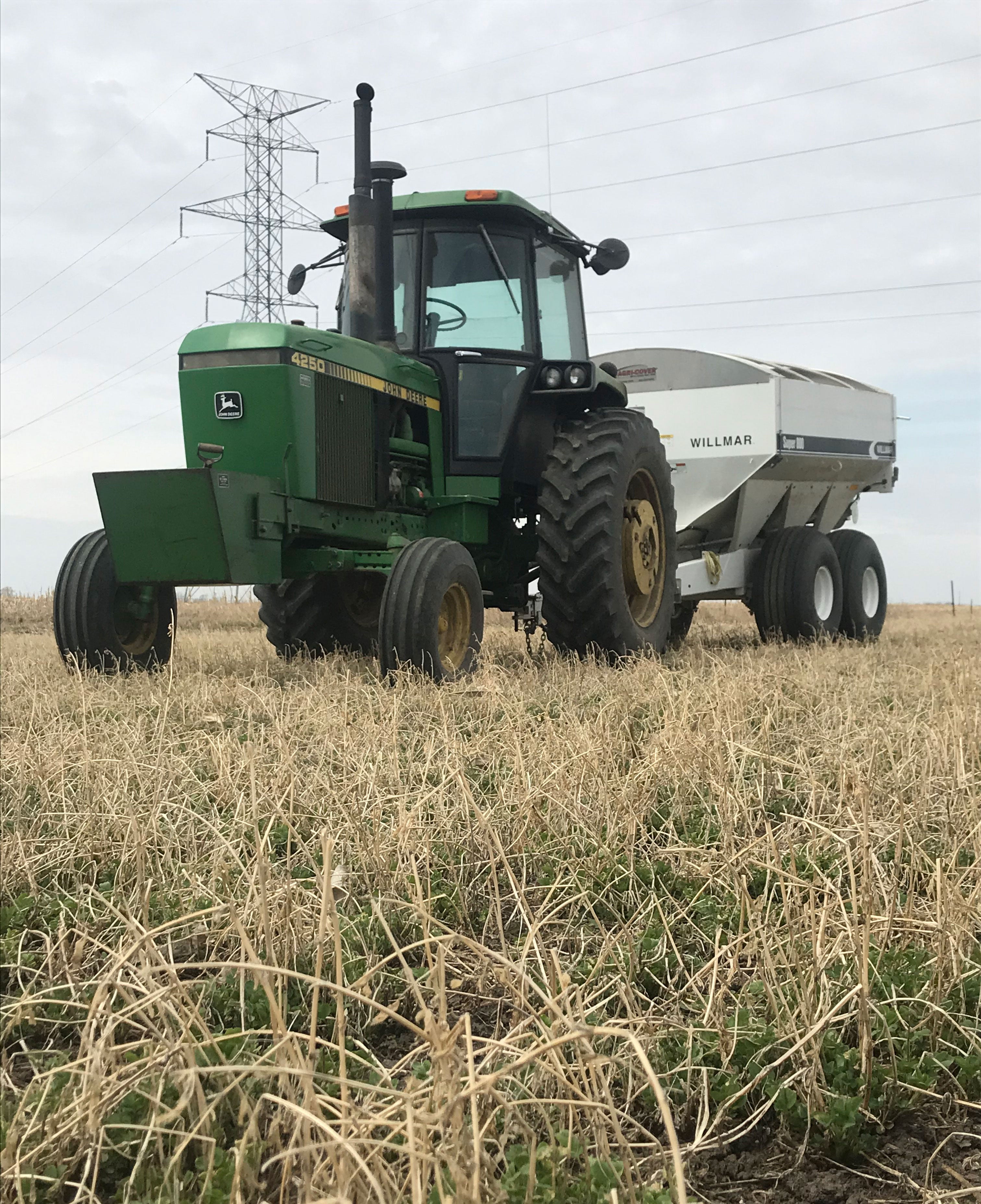
Fertilizing Forages in South Dakota
Spring is a busy time for South Dakota farmers and ranchers with planting, calving, and other field preparations. Soil sampling and fertilizing pastures, alfalfa, or other forages might be overlooked.
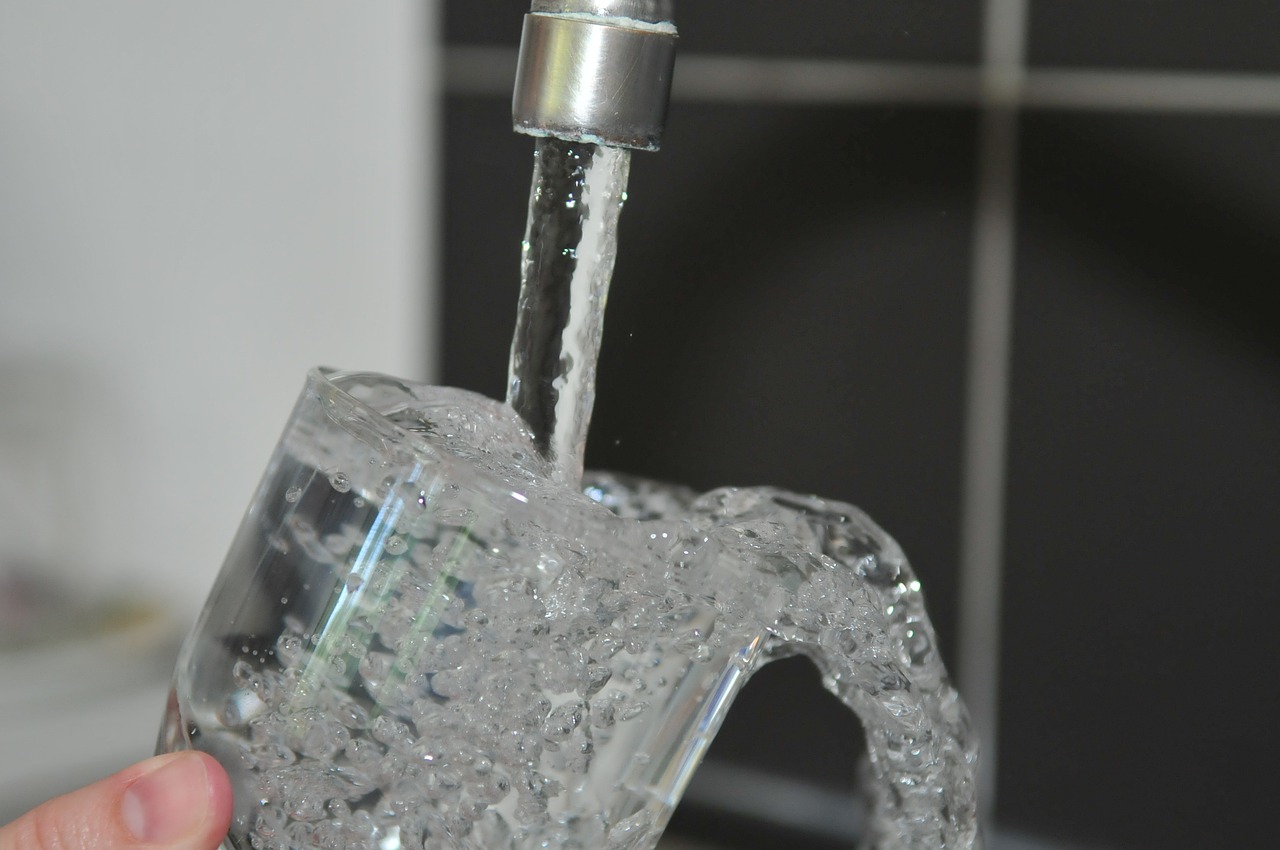
COVID-19 and Home Water Use
There have been questions regarding spread of the virus that causes COVID-19 through drinking water.
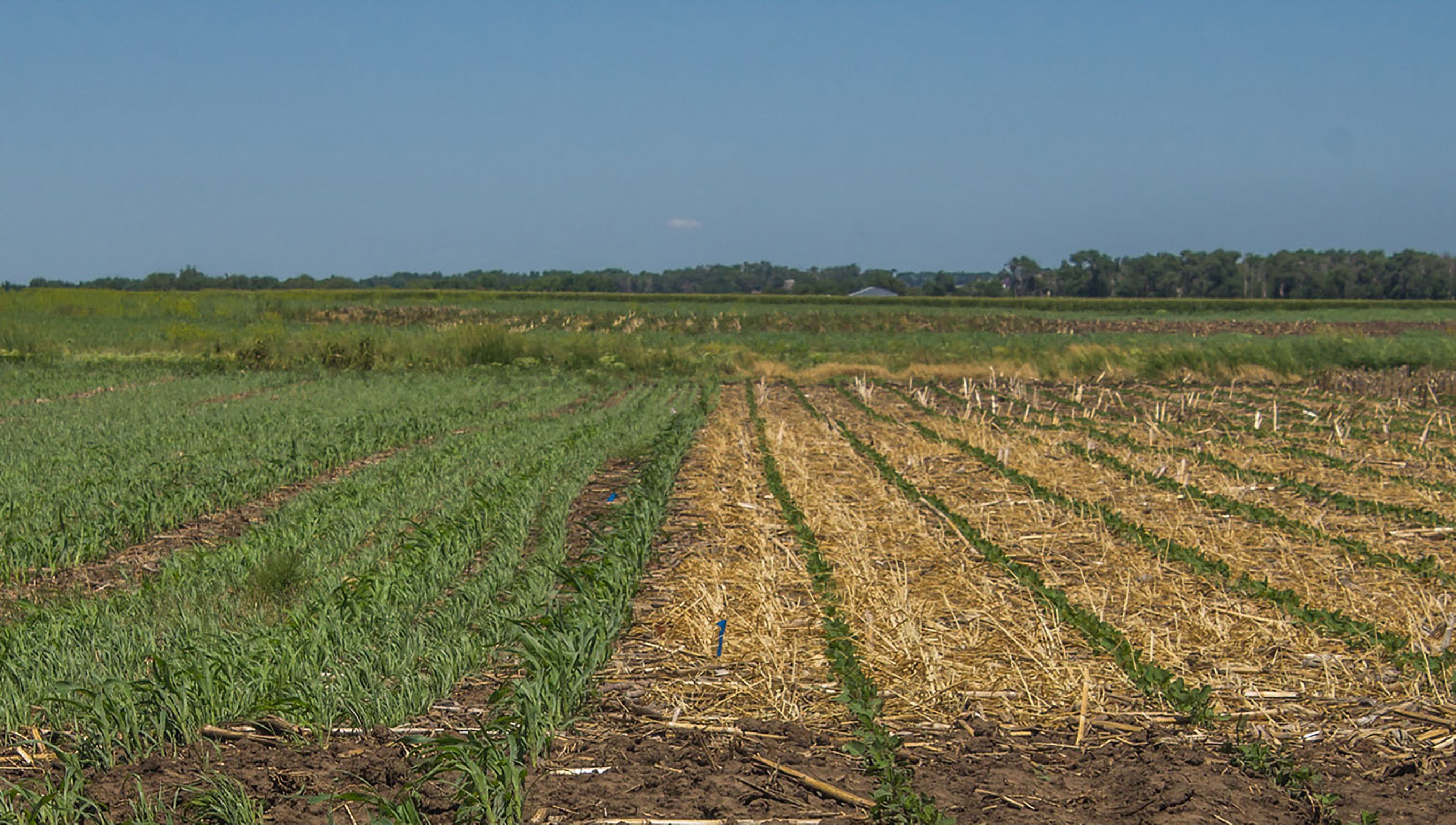
Crop Residue, Cover Crops Impact on Soil Health Parameters
Interest in no-till and cover crops has been on the rise among South Dakota crop producers. In 2019, half of South Dakota crop ground was under no-till management and about 900,000 acres were planted to cover crops.
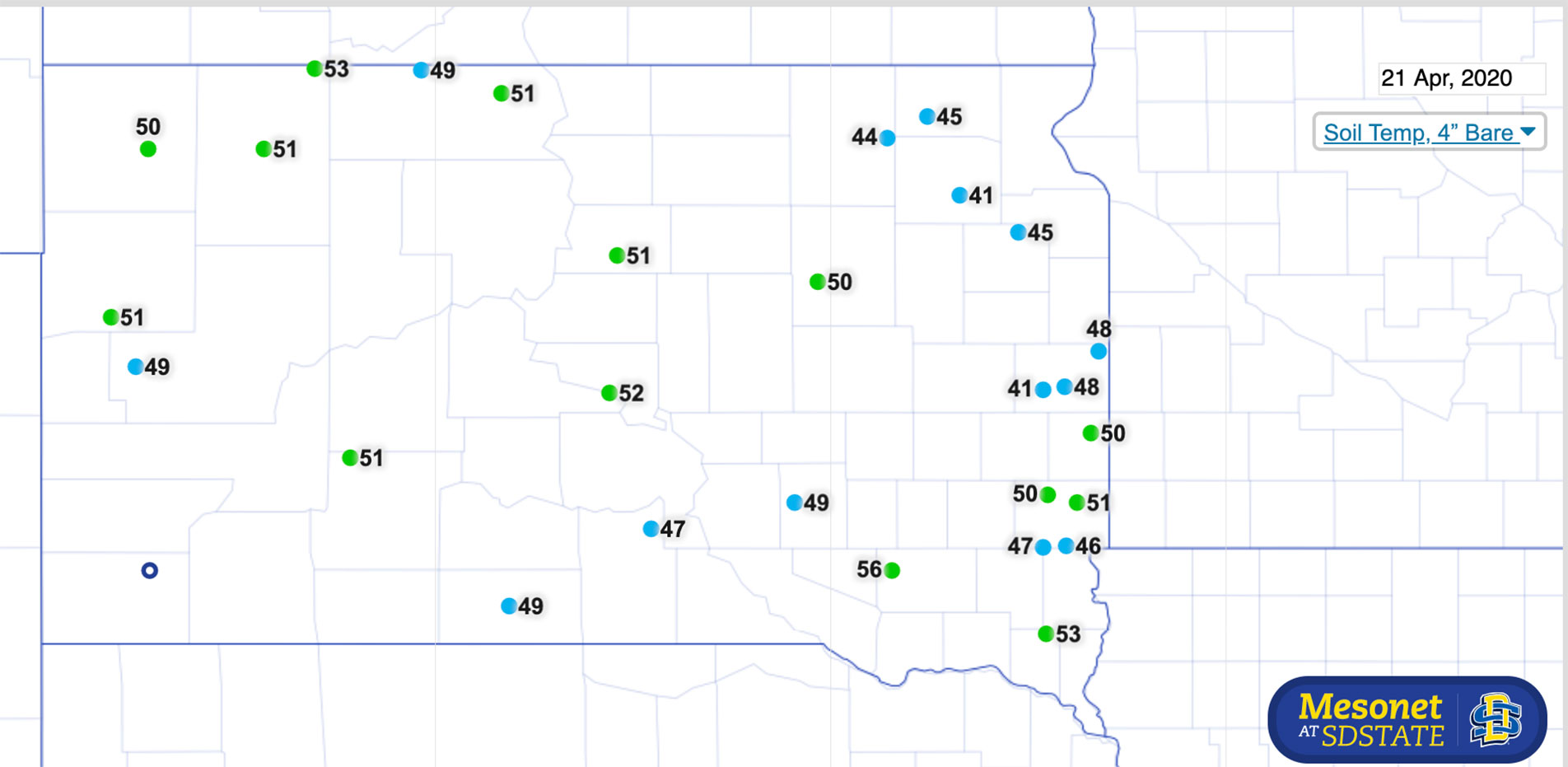
Soil Temperature for Planting Spring Crops
Soil temperature is an important consideration for deciding when to begin planting spring crops. If producers in South Dakota would like a quick reference for soil temperatures in their area, the SD Mesonet network measures soil temperature at several weather stations throughout the state.

SDSU Extension Develops Perennial Plant Mixtures for Alkali Areas
April 24, 2020
The Every Acre Counts program through SDSU Extension has developed perennial plant mixture suggestions suited for various types of marginal land situations, including saline, sodic and wet soil areas.

Transitioning to Soil Health Systems in Eastern South Dakota Intended for beginners: Where do I start?
Fact sheet for beginners on where to start transitioning to soil health systems in eastern South Dakota.
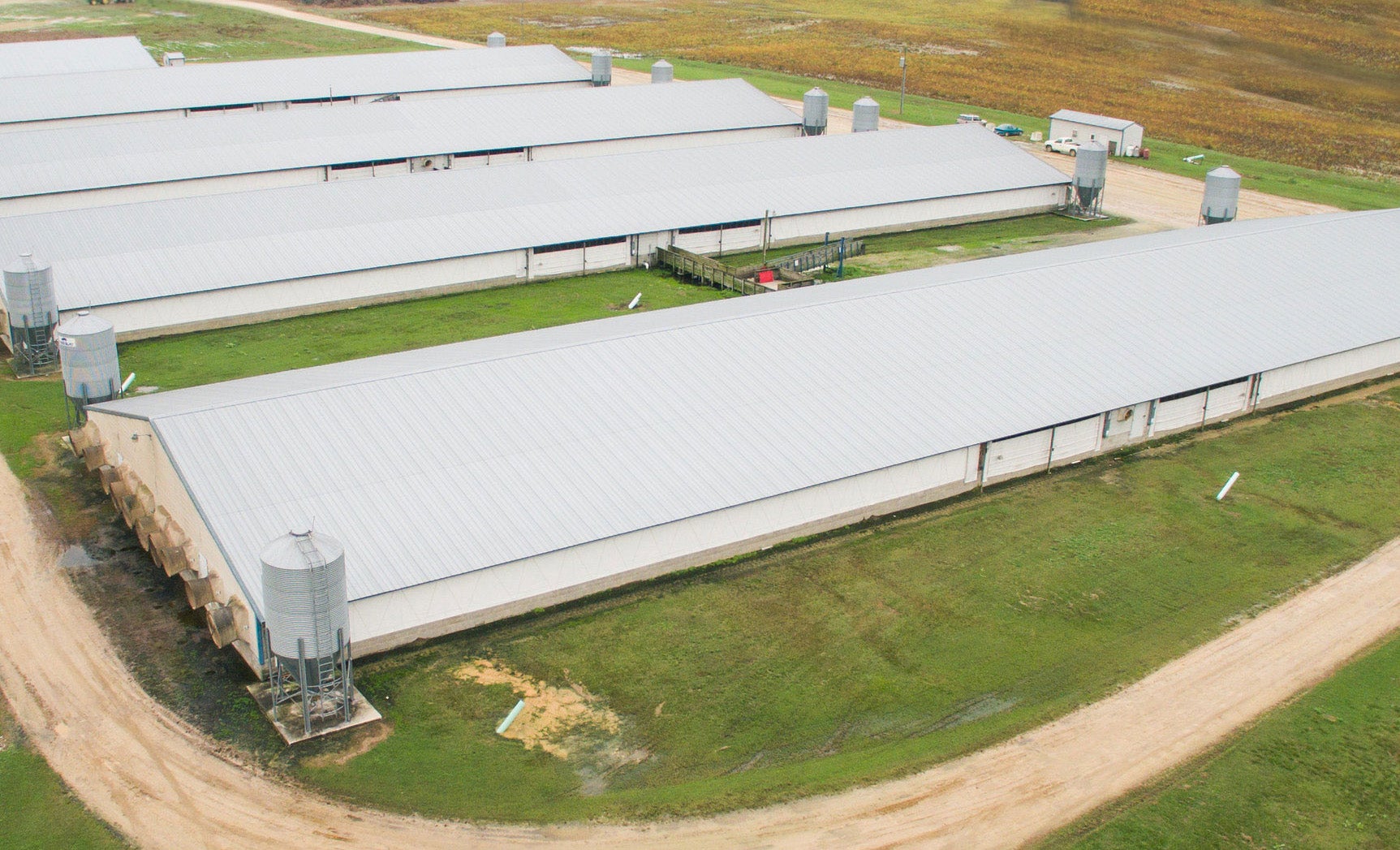
Methods to Slow Finishing Pig Growth
In abnormal situations, like with the packing plant closure we’re currently dealing with, pork producers may need to “hold” their pigs past normal marketing dates in order for other processing options to open up. We can accomplish that in two ways: altering internal barn environment and changing diets.
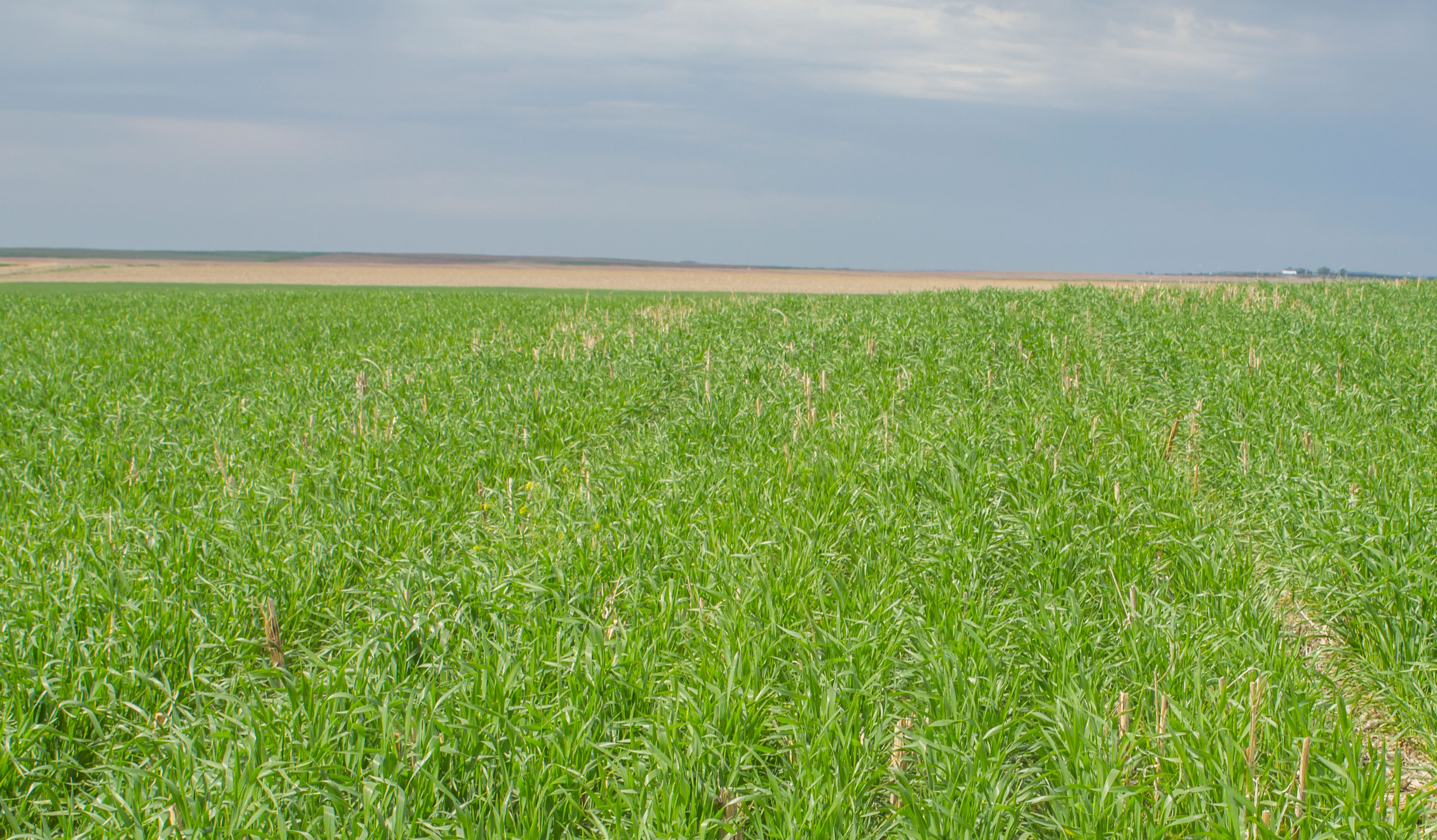
Chloride Fertilizers May Be Beneficial in Spring Wheat Production
Chloride, the ionic form of chlorine, although not considered an essential nutrient, has long been observed to be highly beneficial to field crops. Chloride is known to play an essential role in plant development and osmoregulation.